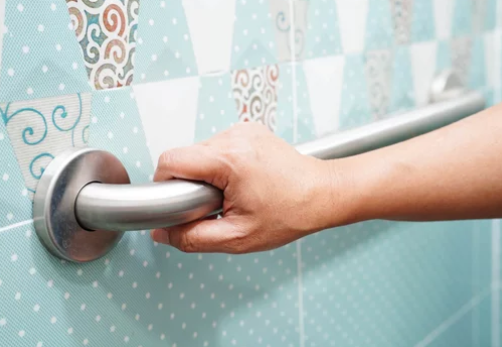Share This Checklist
1. Prevent Falls and Improve Mobility
Falls are one of the biggest risks for older adults. A few simple adjustments can make a big difference.
2. Make Everyday Tasks Easier
Small changes can help your parents maintain their independence while making daily activities safer and more convenient.
3. Increase Safety in the Bathroom
Bathrooms are high-risk areas for falls and injuries, so extra precautions are necessary.
4. Improve Home Security and Emergency Preparedness
Making sure your parents’ home is secure can protect them from both accidents and unwanted visitors.
5. Adjust the Kitchen for Safety and Convenience
The kitchen should be set up in a way that minimizes the risk of burns, spills, and strain.
6. Plan for the Future
Thinking ahead can help avoid last-minute decisions and ensure your parents can stay in their home safely for as long as possible.
Related Content

